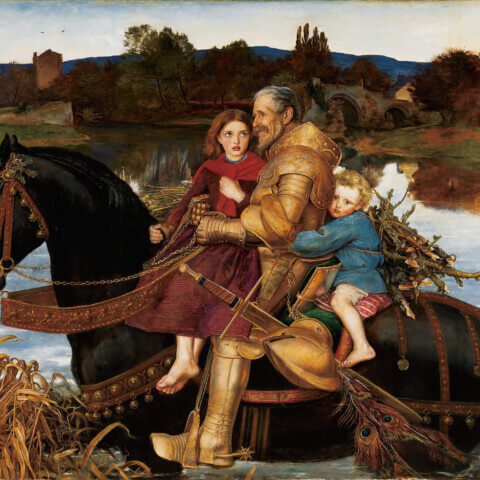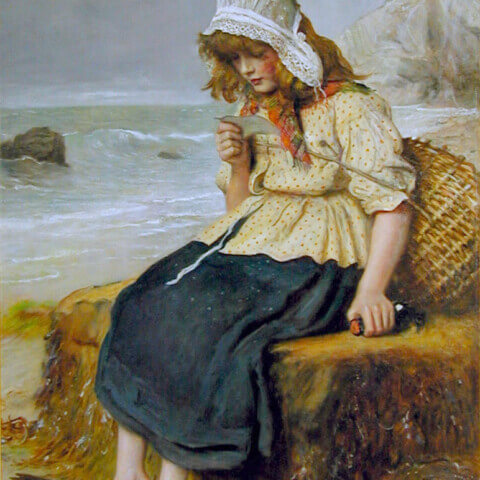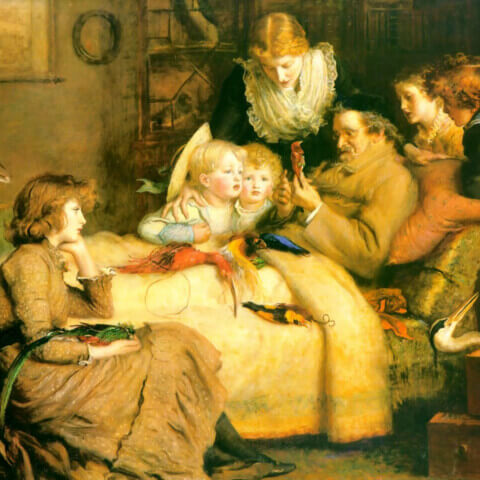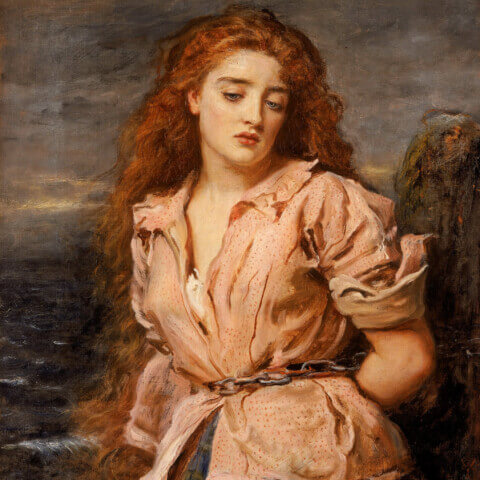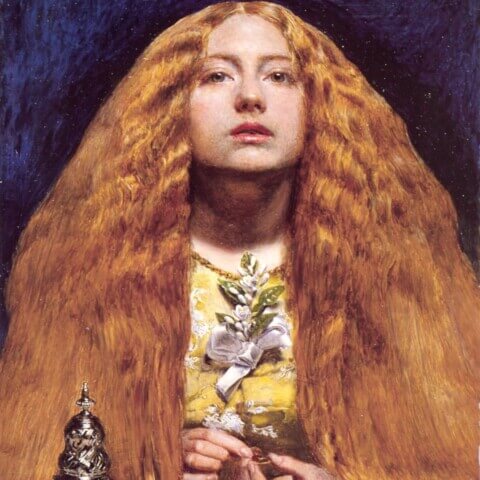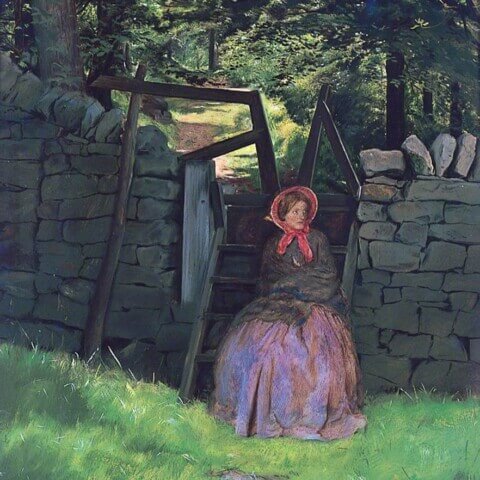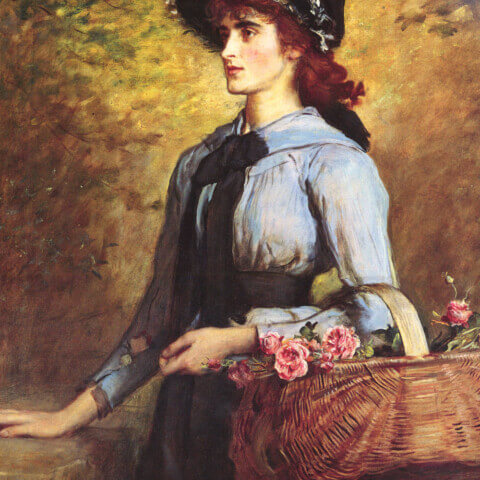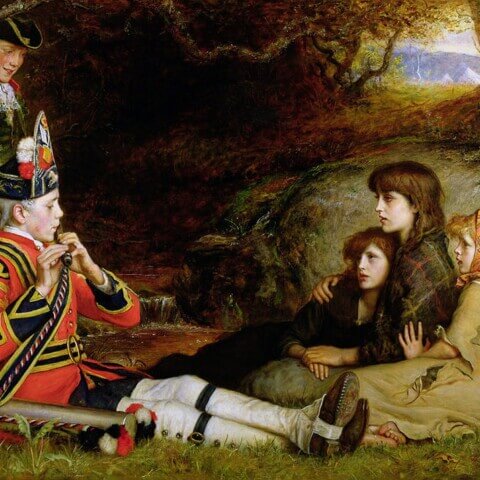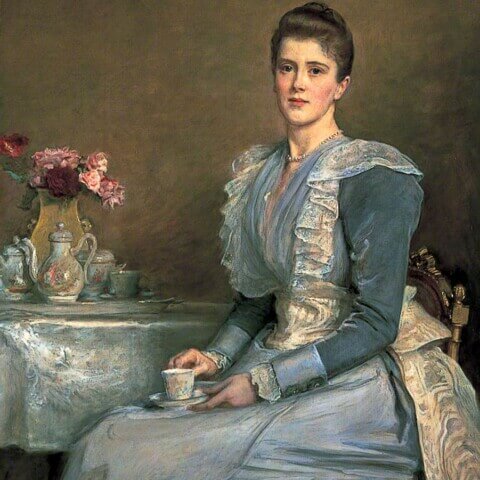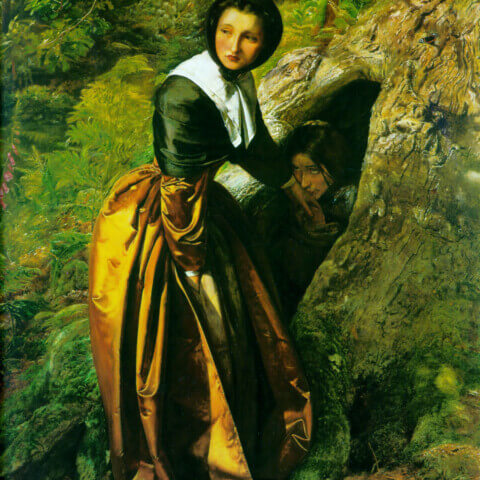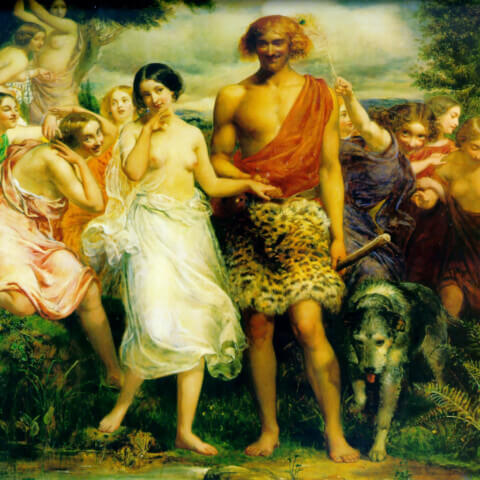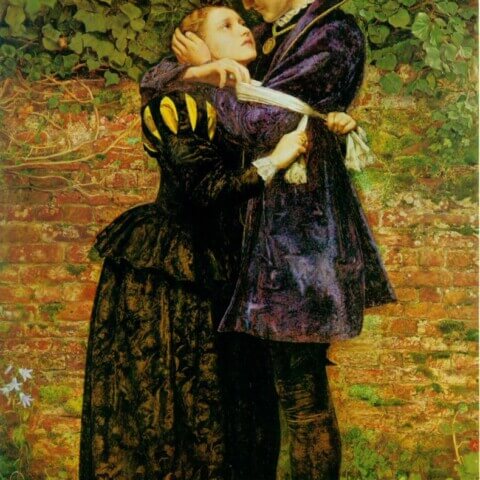John Everett Millais

John Everett Millais (1829-1896) was a prolific English painter and illustrator, known for his critical role in the founding of the Pre-Raphaelite Brotherhood, a group dedicated to the return of detailed and vibrant art, mirroring styles before the Raphaelite era. Born on June 8, 1829, in Southampton, England, Millais showcased a remarkable artistic talent from a young age, ultimately gaining admission into the Royal Academy of Arts at the age of just 11 – a record that still stands today.
In 1848, while studying at the Academy, Millais, together with Dante Gabriel Rossetti and William Holman Hunt, founded the Pre-Raphaelite Brotherhood. They shared a mutual distaste for the industrialized approach to art adopted by the Royal Academy, advocating for a return to the detail, color, and complex compositions of early Renaissance and Quattrocento art. The brotherhood sought to infuse their work with spiritual and artistic sincerity, often focusing on subjects of romance, nature, and mythology.
Millais’s early Pre-Raphaelite paintings are recognized for their vivid color, abundance of detail, and complex compositions. Works such as “Isabella” (1849) and “Ophelia” (1851-52) showcase his signature style and remain some of his most celebrated pieces. “Ophelia,” in particular, is considered an iconic work of the Pre-Raphaelite movement, renowned for its depiction of Shakespeare’s tragic character and the detailed, symbolic representation of the natural world surrounding her.
Over time, Millais transitioned towards a broader and looser style, veering away from the intense details of his earlier works. His later period is characterized by the production of popular genre scenes, notable portraits, and a significant contribution to illustration, including works for magazines, poetry, and children’s books. Despite criticism from some quarters for perceived commercialization, his skill and reputation continued to flourish, earning him a baronetcy in 1885, making him the first artist to be honored in this way.
Beyond his contribution to painting, Millais was also a skilled draftsman and watercolorist. His book illustrations for authors like Anthony Trollope and Thomas Hughes remain iconic representations of Victorian literature. He was also instrumental in the design of stained glass and other decorative arts.
John Everett Millais died of throat cancer on August 13, 1896. His influence on the British art scene was profound, leaving an enduring legacy of works that encapsulate the ethos and aspirations of the Pre-Raphaelite Brotherhood. His paintings continue to be studied and admired for their emotive power, meticulous detail, and vibrant coloration, establishing Millais as a central figure in the 19th-century art world.
- 1
- 2

